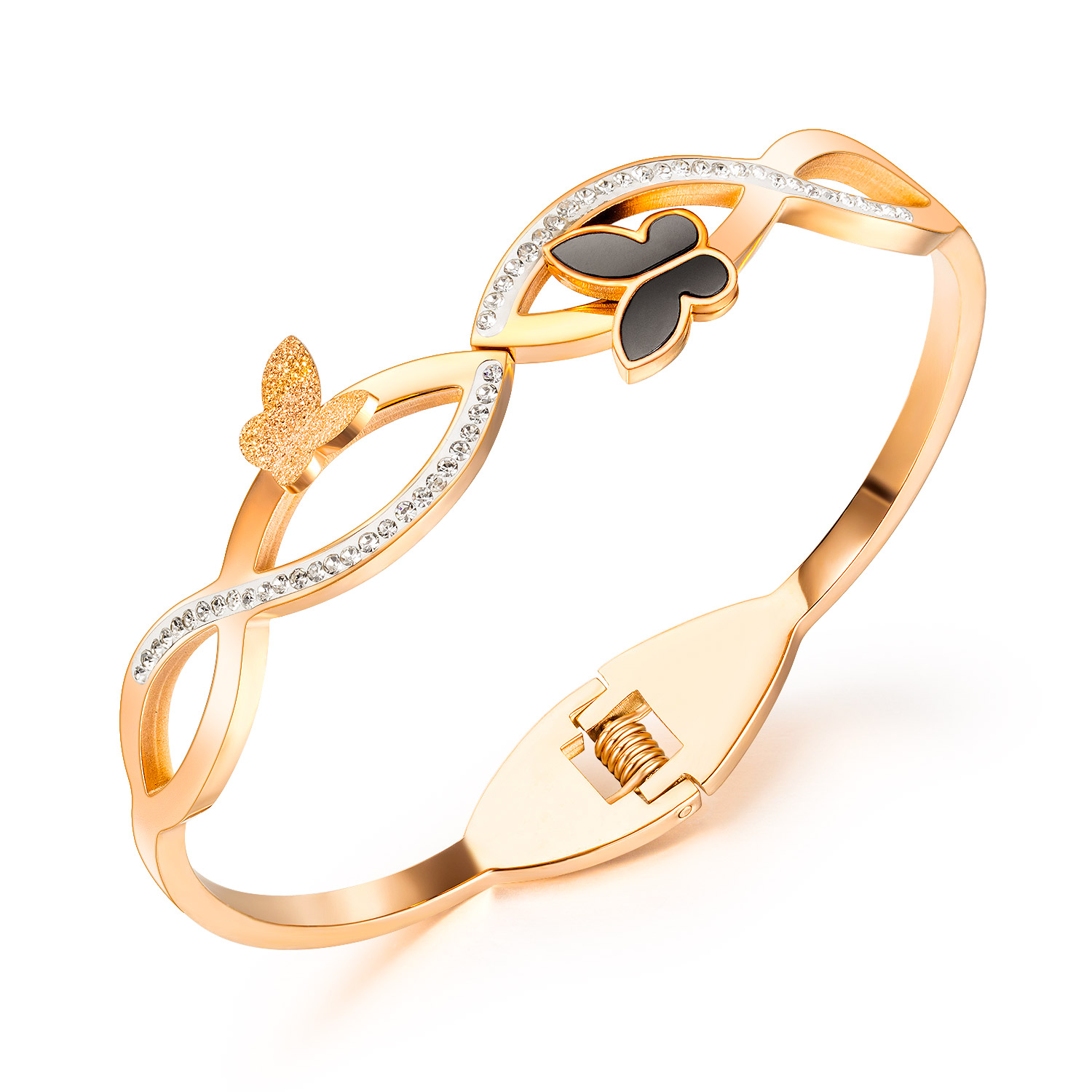I believe that when you wear jewelry every day, you will pay special attention to the maintenance of jewelry and jade. And one of the most frequently heard questions is - can jewelry and jade jewelry be worn directly in the bath?
There are usually two answers. Some people think that jewelry is always worn with you, and taking a shower will not affect the jewelry. You can also wash the jewelry by the way, so there is no need to take it off. Others insist that the jewelry must be removed before bathing. next, cannot be washed together.
So, which view is correct?
The answer is - the latter.

Bathing is a process of cleaning the body for us, and for gemstone jewelry - hot water, steam, shampoo, conditioner, shower gel and other daily chemical products plus Yuba's strong heat light or hot air ——No less than being in a flaming mountain or in the nuclear radiation zone of Fukushima, Japan!
Some people may think that Xiaonan is making a big fuss and just taking a bath. Is it necessary to exaggerate? Have! In fact, the corrosion of jewelry in the bath is a cumulative process, until it is too late!
And there is another important point - when you use shower gel or soap, your fingers will become very slippery. If your ring size is relatively loose, it may swipe and the ring will fall to the ground. Not to mention that bumps and deformations are all possible, if you accidentally slip into the sewer...you know the consequences.
About how to prevent damage to gemstone jewelry, oya jewelry has given detailed instructions:
Be careful of light and heat
Just as the sun's harmful rays can damage our skin, light and heat can affect the durability and color of colored gemstones. Certain gemstones, such as amethyst, lapis lazuli, topaz, and shell cameos, can also fade and damage over time and with the undue influence of light and heat. Pearls and other delicate materials, such as ivory, can be bleached if overexposed to light. Other gemstones, especially amber, fade over time when exposed to too much light.
Overheating and sudden temperature changes can also break some stones. Heat can easily remove the natural moisture content that these gemstones need to maintain their beauty. For example, pearls can dry out, crack and discolor. The opal will turn white or brown, develop tiny cracks, and may lose play-of-color.

stay away from chemicals
Precious metals (gold, silver and platinum) may be damaged or discolored by exposure to chemicals, and some colored gemstones may also be damaged. Even everyday items like hairspray, lotions, perfumes or other cosmetics contain chemicals that can permanently damage the surface of jewelry and other delicate or porous gemstones such as turquoise. Be sure to remove fine jewelry before diving into chlorine-containing pools or using household cleaners. Many of these cleaners contain ammonia, which is too harsh for delicate gemstones or antique jewelry. Chlorine bleach is another common household solvent that can pit or damage gold alloys.
Special care for treated gemstones
Many colored gemstones are often treated to improve their color and clarity. These treatments are negatively affected by heat, solvents, steam and ultrasonic cleaners. Knowing if a gemstone has been treated is the first step in understanding how to care for it.
Use the ultrasound machine with care
While you can buy a professional ultrasonic cleaner for $150 or less, you should know that not all gems and jewelry can be cleaned with an ultrasonic cleaner.
Ultrasonic cleaners should not be used to clean:
A gemstone filled with oil, resin, or a vitreous material into a surface fissure
Organic gem materials such as pearls, coral, ivory or amber
Gemstones that have been coated with a non-permanent substance like plastic or wax
certain heat-treated gemstones
A gemstone that is susceptible to heat and temperature changes, whether treated or not. These gemstones include tanzanite, feldspar (sunstone and moonstone), fluorspar, cordierite, lapis lazuli, lapis lazuli, malachite, opal, topaz, turquoise, zircon, and more
What's more, the vibrations generated by the machine can sometimes vibrate or chip stones that are held in contact by their girdle.
This type of cleaning is best left to jewelry professionals who understand different gem materials and know when and how to safely use an ultrasonic cleaner.
In fact, the safest cleaning method is also the easiest.
Most colored gemstones can be cleaned with warm water, mild soap (without detergent), and a soft-bristle brush. Pulse water scrubbing equipment and a soft lint-free cloth can also be used. Be sure to rinse the jewelry in a glass of water to remove the cleaning solution, as you can lose loose stones or even a whole piece of jewelry if you rinse directly in the sink.
On the other hand, soft gemstones, such as pearls, are prone to scratches. Gently wash it off with a new, clean makeup brush and warm soapy water. Lay a string of pearls on a towel to dry, and the wet silk thread can be unrolled. Please do not touch the string of pearls until it is completely dry, as it is easy to absorb dust. If pearls are worn frequently, they should be reconnected once a year.
 Why you should choose stainless steel Jewelry
Why you should choose stainless steel Jewelry